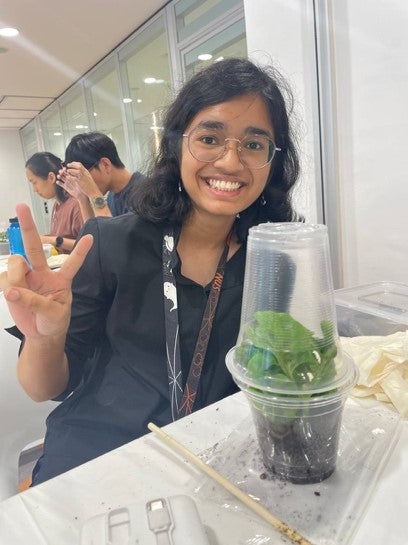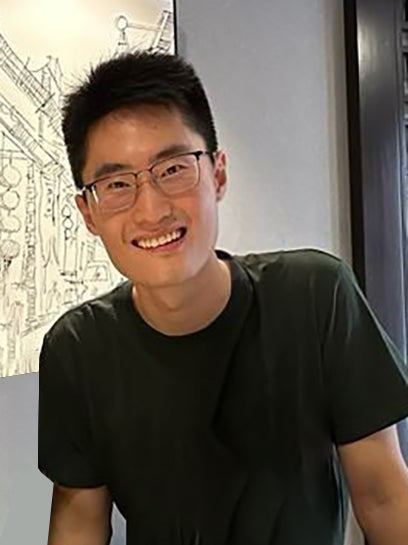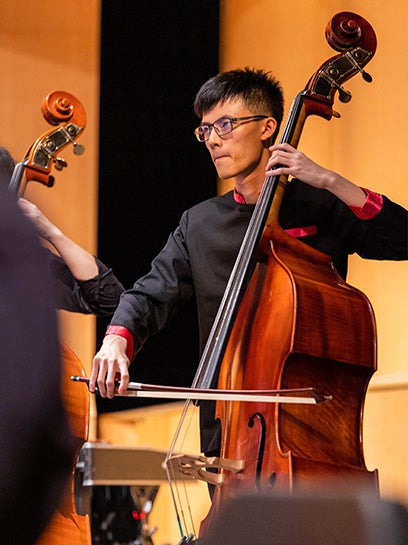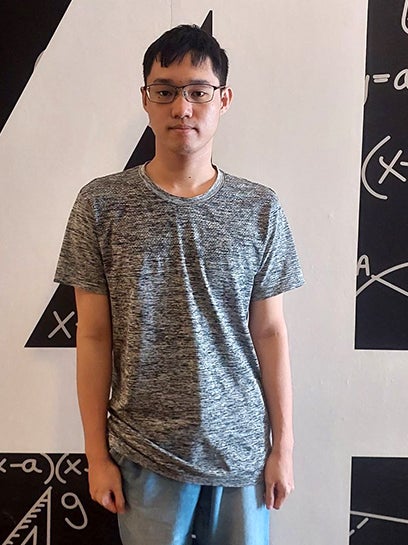The modern polymath
March 27, 2025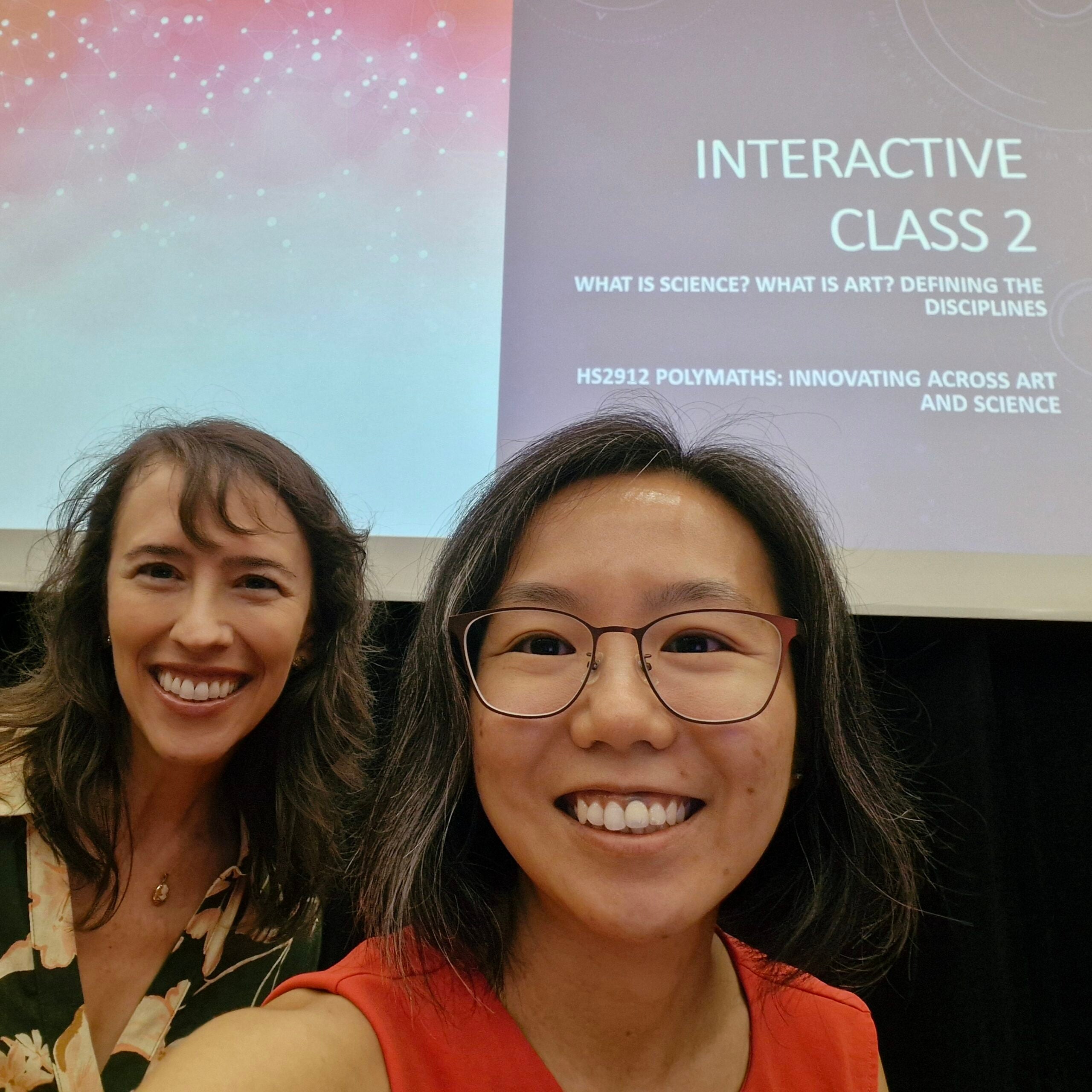
Dr Chng Hui Ting, Department of Pharmacy and Pharmaceutical Sciences, Faculty of Science (FOS) and Assoc Prof Maiya Murphy, Department of English, Literature, and Theatre Studies, Faculty of Arts and Social Sciences (FASS)
It takes a lifetime to be deeply well-versed in one subject – let alone multiple disciplines, while also being able to make meaningful contributions to each.
In a time of rapid change, where complex problems transcend boundaries, making space for multiple interests is the way to go. This is the belief held by Dr Chng Hui Ting, Department of Pharmacy and Pharmaceutical Sciences, Faculty of Science (FOS) and Assoc Prof Maiya Murphy, Department of English, Literature and Theatre Studies, Faculty of Arts and Social Sciences (FASS).
Together, they have brought together the seemingly disparate disciplines of pharmacy and theatre studies with a jointly curated Interdisciplinary Course (IDC) – HS2912: Polymaths: Innovating Between Art and Science – for College of Humanities and Sciences (CHS) students.
In so doing, their long-held assumptions that scientists and artists work differently were challenged and they began to see synergies between the sciences and the humanities.
Dr Chng says, “I started learning do-re-mi before a-b-c. Music has always been a huge part of my identity even as I grew to discover and pursue my interest in pharmacy and pharmaceutical sciences. I am intrigued by how the sciences help me understand this world, while the arts provide me with the avenue to explore possible worlds.”
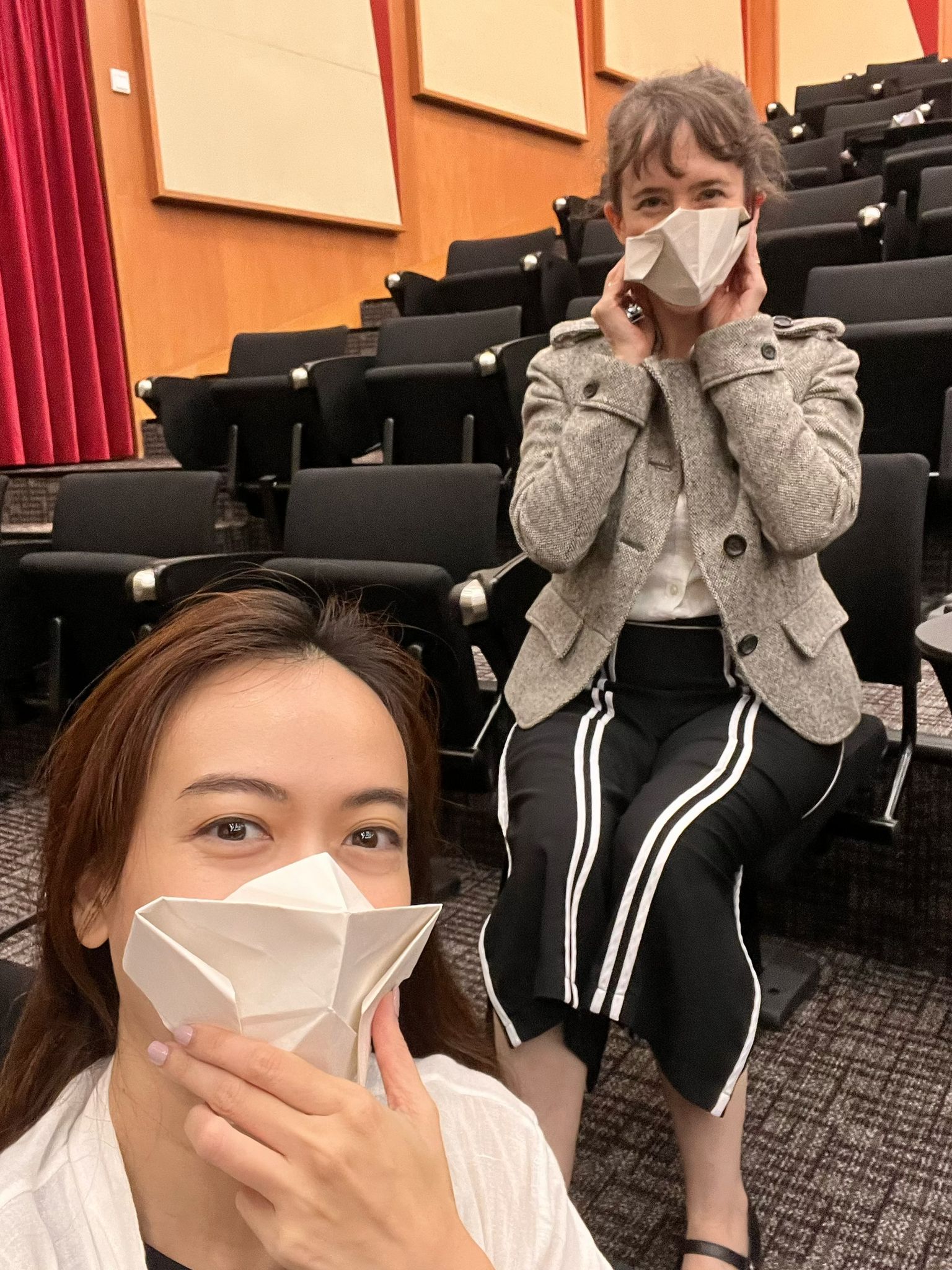
Assoc Prof Murphy and Ms Thong Pei Qin at an interactive class on innovative solutions which integrate the science and art concepts. The origami folding activity was led by a Mathematics student who is an origami enthusiast
Assoc Prof Murphy says, “My own research is interdisciplinary at its core: I am a theatre practitioner-researcher and I use concepts from the cognitive sciences and neurosciences to explore how training for, and watching performance shape the way we think.”
She adds, “We knew that we could bring our strengths to this class to help our students discover the tools for cultivating interdisciplinary creativity, using both artistic and scientific strategies.”
Hear from CHS students on how they acquired the attributes of polymathy, or common thinking skills such as observing, imaging, abstracting and pattern recognition – to traverse between art and science.
|
Sruthi Annamalai (Major in Life Sciences, Minor in Psychology) |
Toh Yu Xuan (Major in Chemistry) |
Huang Chao Hung (Double Majors in Data Science and Analytics and Performing Arts, Minor in Artificial Intelligence) |
Goh Zheng Zhan (Major in Mathematics, Minors in Japanese Language and Statistics) |
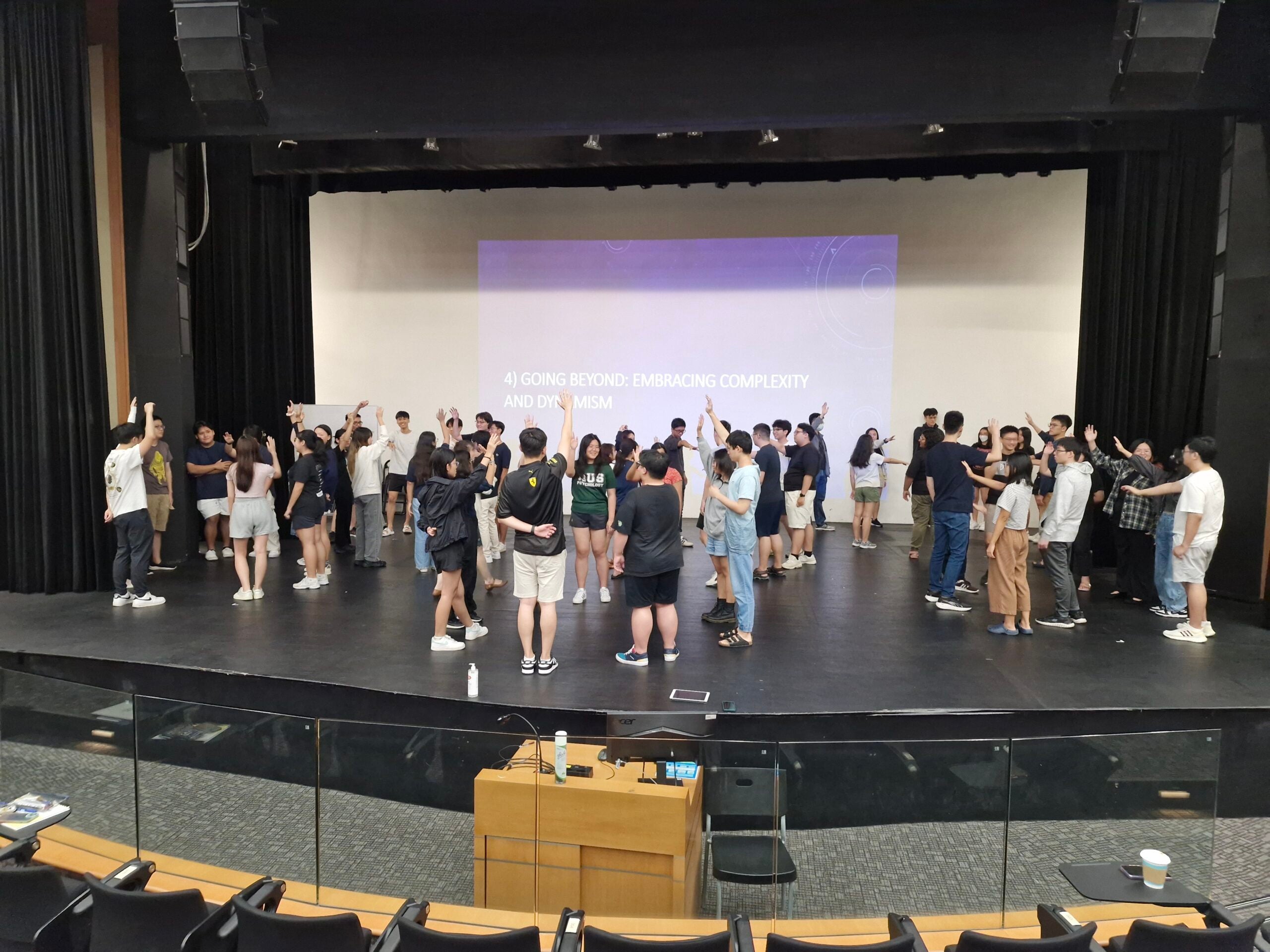
The interactive class activity introduces the concept of embracing complexity and dynamism to students
What inspired you to take this course?
Sruthi: As someone with multiple interests, I was drawn to the idea of exploring the principles behind cross-disciplinary studies. I wanted to better understand how knowledge from different fields can be integrated and how having expertise in multiple disciplines can be a valuable asset.
Yu Xuan: I major in chemistry but I am passionate about finance, song lyrics and imaginative thinking, I have always wanted to explore and develop my diverse interests without feeling constrained by a single field.
Chao Hung: My two main passions are mathematics and music. I often see and explore similarities between these two domains and actively seek to create new things using the knowledge from the two different domains. This course is meant for people like me!
Zheng Zhan: I am interested to discover how other disciplines can be welded together to create innovative solutions.
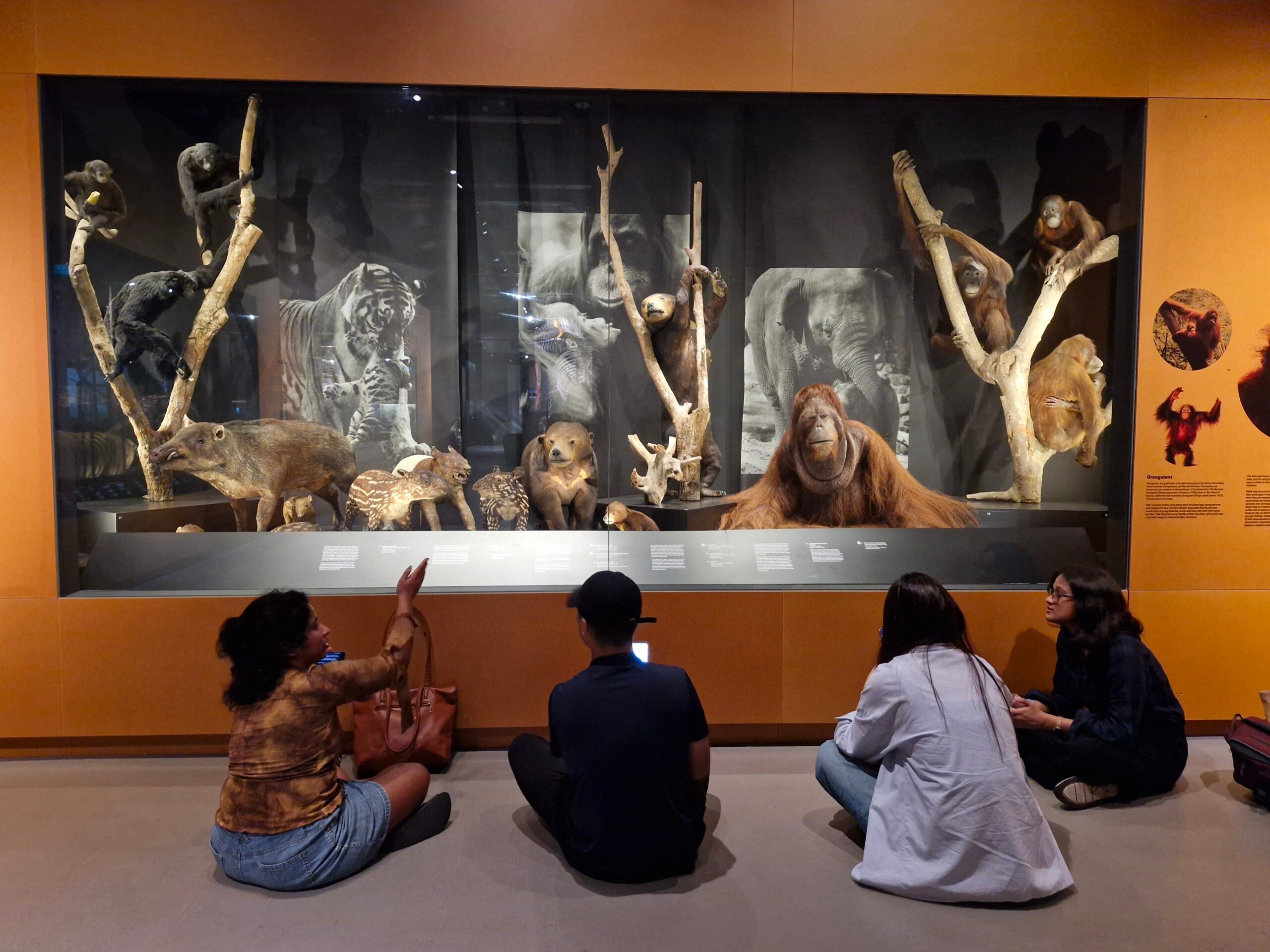
Careful observation at the Lee Kong Chian Natural History Museum
What are some of the memorable highlights from the course?
Sruthi: The tutorials are truly unforgettable, especially those on the polymathic skill of body thinking. We observed various phenomena – like sugar dissolving in water, a newspaper falling to the ground, cling wrap unravelling and a heart pumping – and were then tasked with mimicking these observations using our bodies.
Yu Xuan: Exploring the critical role of psychological and sociological factors in shaping a polymathic mindset is a highlight for me. Polymathy is not just about acquiring knowledge across multiple disciplines but also how psychological (mindsets) and sociological (environmental) factors influence polymathic individuals. Recognising why many polymaths feel misunderstood because they do not fit into conventional categories was a valuable insight.
Chao Hung: Creating using heartbeat sounds stood out for me. Each of us provided a very different perspective. For example, a theatre studies student proposed using the heartbeat as the theme of a theatre play, while a life sciences student proposed designing a monitor for patients’ health conditions. Together, we even thought of a way to combine the healthcare equipment with theatre play into a show for patients to better understand their own health. This was an eye-opener!
Zheng Zhan: The trips to the NUS Museum and the Lee Kong Chain Natural History Museum started me thinking about why the exhibit creators design them in a specific way, from the colour to the appearance to even the lighting – which I would never think about. The tutorials introduced me to the theatre experience (for the first time) and scientific experimentation, which was fun and interactive.
What are your key learnings from the course?
Sruthi: I learned how to apply science thinking skills to art and vice versa. The course also introduced frameworks for identifying specific problems and methods for developing interdisciplinary solutions, reinforcing the value of integrating knowledge from multiple fields to creatively address challenges.
Yu Xuan: This course challenges traditional notions of specialisation, which is not the only path to success. I believe it is perfectly fine to be skilled at multiple areas. Diverse knowledge allows me to approach problems from multiple perspectives, think more innovatively and remain adaptable in an ever-changing world.
Chao Hung: There are many possibilities lying in the boundary between arts and science. I learned that science can be creative and arts can be systematic. The skills from one domain can be applicable to the other. For example, while creating a piece of art or music, we can use the scientific method to analyse why a piece of art or music is attractive. Once we use scientific methods to analyse the arts, we can then recreate arts using scientific knowledge. Likewise, we can use creative art thinking to propose ways that scientists have never tried before.
Zheng Zhan: One of the key learnings is to be able to work with people of other disciplines, which is very important as interests may not always be aligned. Another one is the use of both art and science to explore and understand the world we live in.
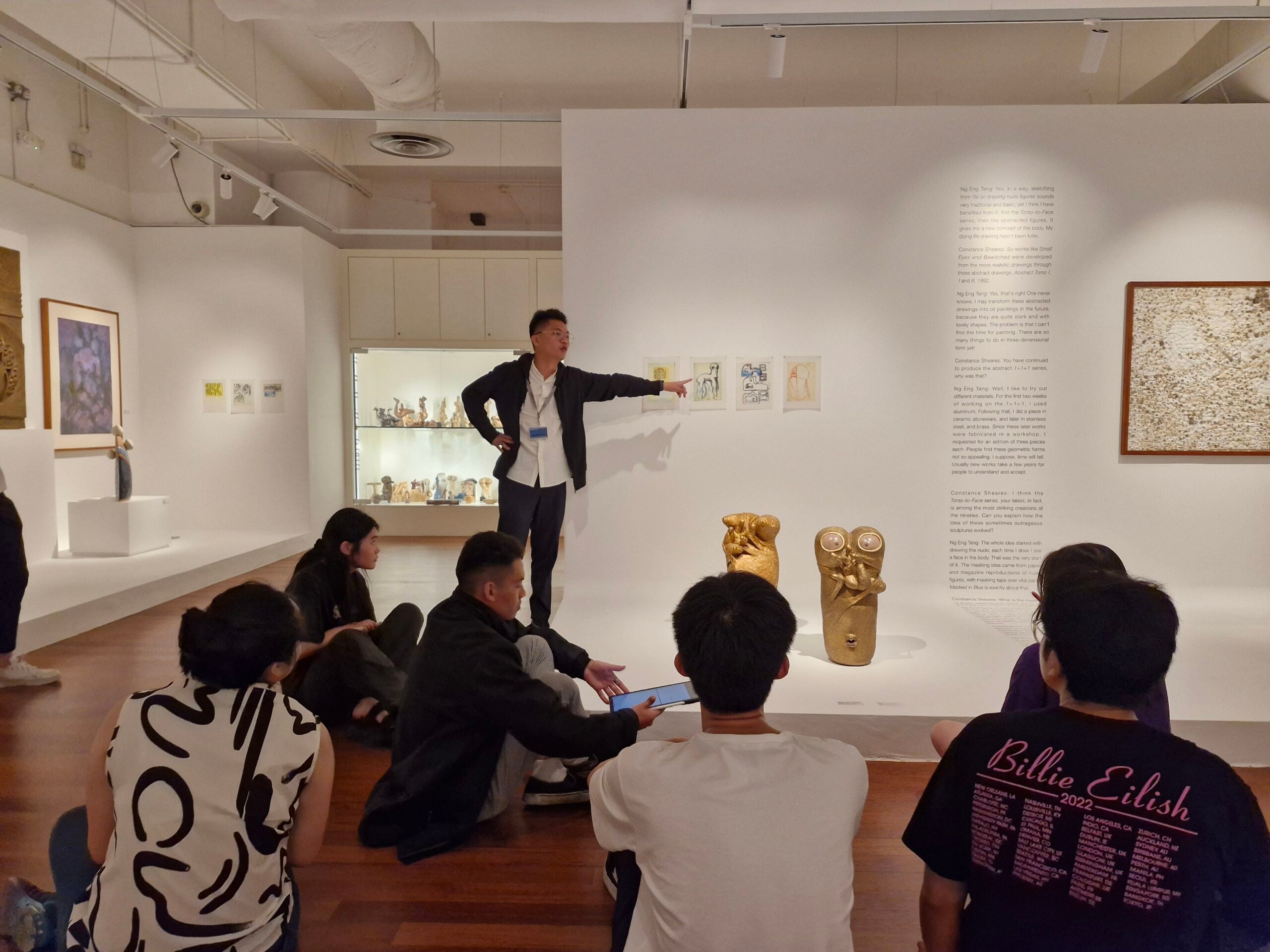
Debrief by Mr Eugene Koh from NUS Museum at the 1+1 = 1 collection by Mr Ng Eng Teng
How will the learnings be useful for you in the future? How do you plan to apply them?
Sruthi: The problem-identification methods I learned will be incredibly useful for both my academic assignments and my future career as a researcher when I have to identify a research gap for my thesis. When working on assignments that require me to define a problem statement, I can use techniques like the fishbone method to identify root causes and apply the FINER criteria to narrow down which aspects to prioritise. In addition, when working in group settings, I will make sure to lay out a structured plan for the team, identify each member’s strengths and weaknesses to allocate tasks effectively, as well as ensure everyone’s voice is heard, fostering a collaborative approach.
Yu Xuan: By engaging with diverse viewpoints, I learned to navigate and respect a broad spectrum of cultural nuances and professional approaches. These experiences reinforce the value of rapport-building discussions and open-minded collaboration, which will be invaluable when working in multidisciplinary teams. I have also cultivated a polymathic approach to learning and problem-solving, which I plan to apply by continuously expanding my knowledge across different domains.
Chao Hung: I believe that most jobs today require both systematism and creativity for things to be done effectively and efficiently. This is where the learnings come in useful. When I want to write a piece of music but do not know how to start, I can use the observation skills from science for me to obtain inspiration and materials from daily lives.
Zheng Zhan: The learnings will be useful in managing a team with people from different professions. I can also use the skills to gain insights of other professions to seek innovative solutions that would not be possible with just my knowledge of mathematics alone,
Dr Chng says, “This course is only possible because of my collaboration with Maiya. This synergistic outcome is the power of interdisciplinarity!”


